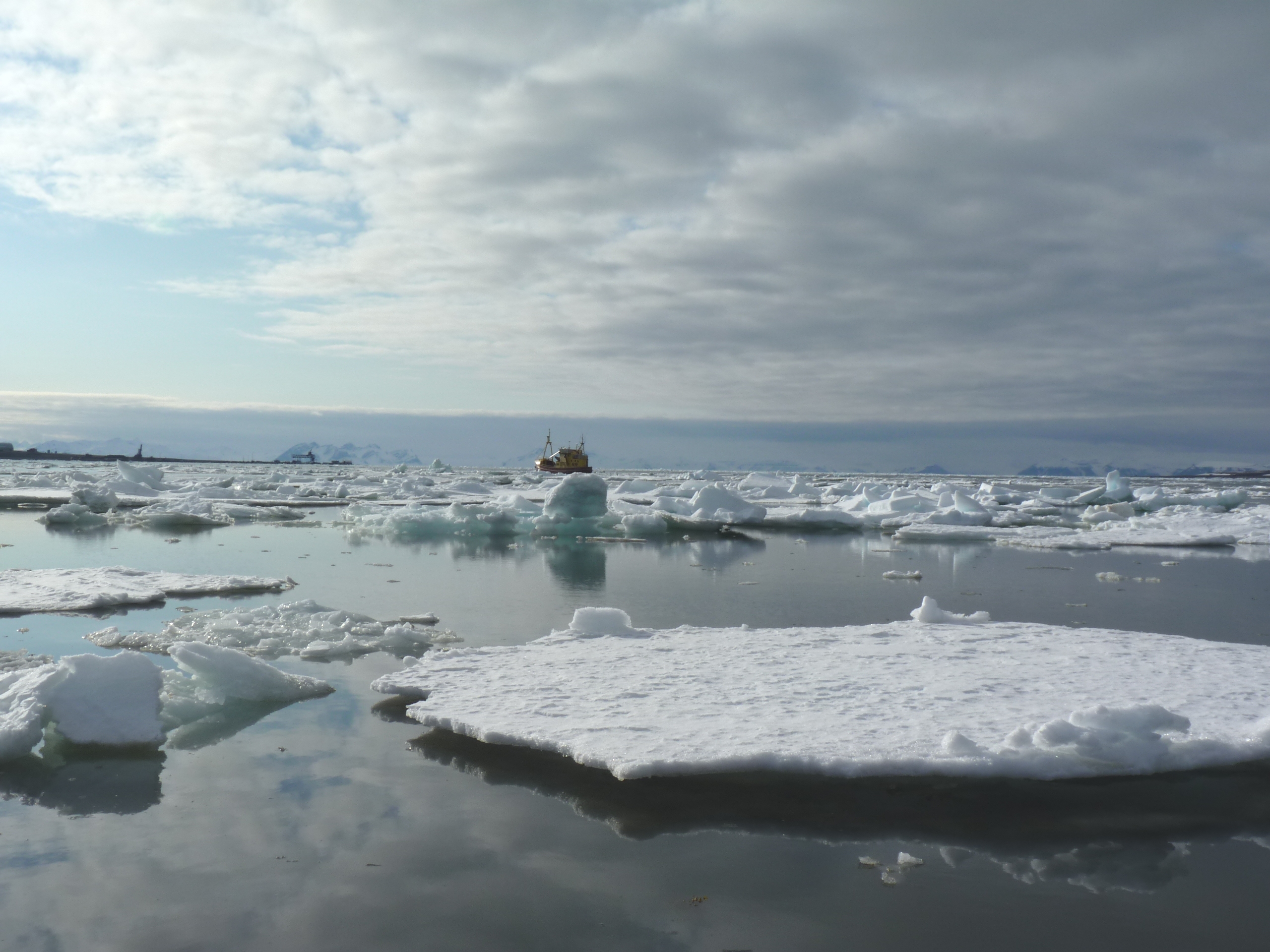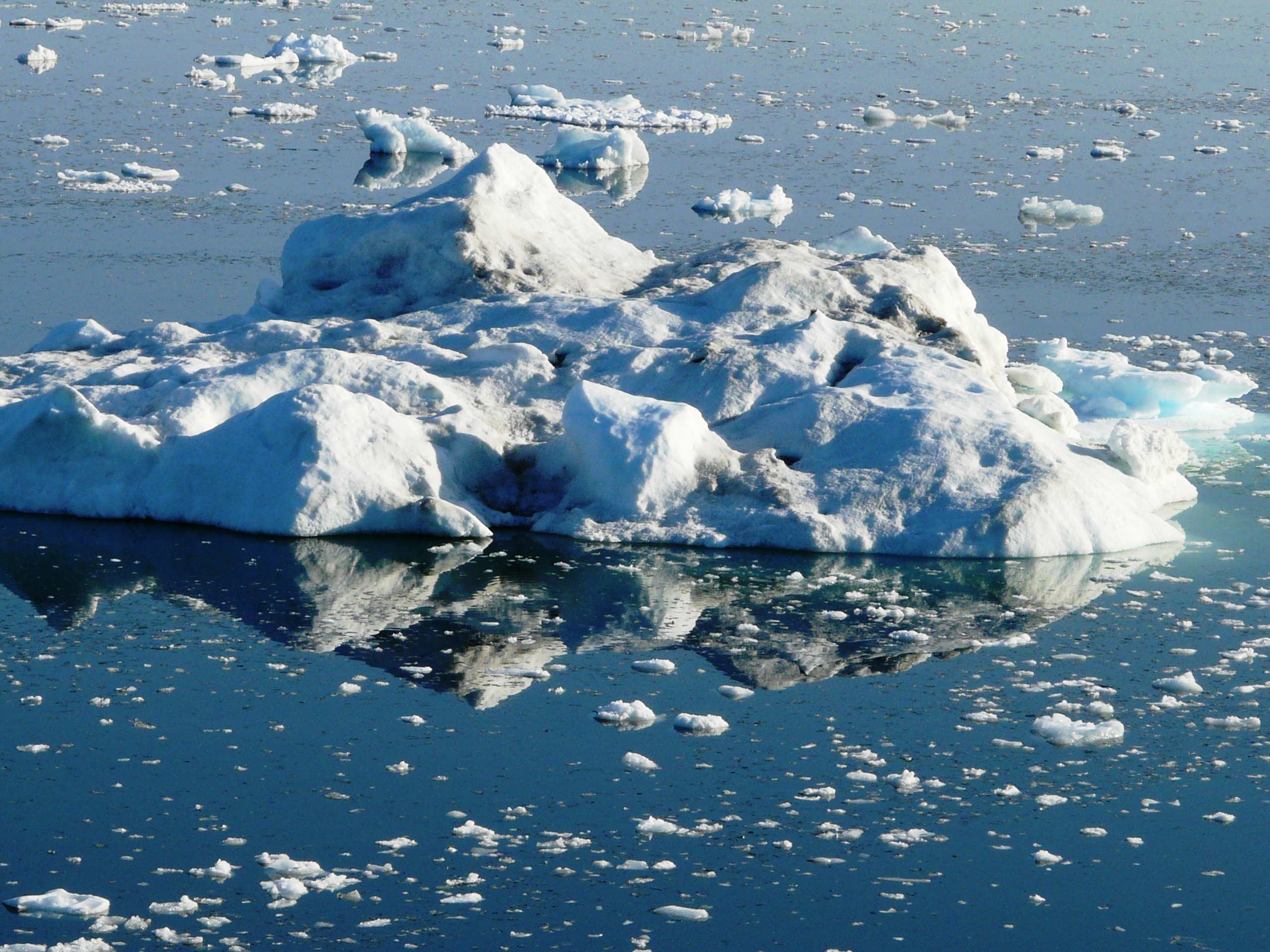Arctic summer sea ice cover could disappear with 2C temperature rise

The sea ice has been dwindling for decades (Photo: I Quaile)
The Arctic sea ice may disappear completely in summers this century, even if the world keeps to the Paris Agreement. That is the worrying message of a report published on Monday in the journal Nature Climate Change.
The 2015 Paris Agreement set a goal of limiting the rise in global temperature to well below two degrees Celsius (3.6 Fahrenheit) above pre-industrial times. Ideally, 1.5C (2.7F) was agreed to be the “aspirational” target. James Screen and Daniel Williamson of Exeter University in the UK, wrote, after a statistical review of ice projections, that a two degree Celsius rise would still mean a 39 percent risk that ice would disappear from the Arctic Ocean in summers. If warming is kept to 1.5 degrees Celsius, the ice was virtually certain to survive, they calculated.
Current emissions targets way too low

Looking to an uncertain future. Svalbard polar bear. (Pic. I.Quaile)
If you take the old “glass being half-full rather than half-empty” metaphor, you could see that as a positive option to hang on to. However, the scientists estimated that if we continue along current trends, temperatures will rise by three degrees C (5.4 F.). That would give a 73 percent probability that the ice would disappear in summer. To prevent it, governments would have to up their targets and make considerably larger cuts in emissions than presently planned.
The sea ice will reach its maximum winter extent some time soon. So far, the March figures rival 2016 and 2015 as the smallest for the time of year since satellite records began in the late 1970s.
“In less than 40 years, we have almost halved the summer sea ice cover”, Tor Eldevik, a professor at the Bjerknes Centre for Climate Research at the University of Bergen in Norway, told Reuters. Eldevik was not involved in the study.
He predicted that sea ice would vanish in the Arctic Ocean in about another 40 years, on current trends.

… And the ice just keeps on melting. (Pic: I. Quaile,) Greenland)
Steady melting trend
Scientists define an ice-free Arctic Ocean as one with less than one million square kilometers (386,000 square miles) of ice, because they say some sea ice will linger in bays, for instance off northern Greenland, even after the ocean is ice-free.
Despite fluctuations from year to year, long-term trends in the Arctic clearly show a decline in sea ice. The ten lowest ice extents since 1979 have all occurred since 2007.
According to the latest figures from the NSIDC (March 6), high air temperatures observed over the Barents and Kara Seas for much of this past winter moderated in February. Still, overall, the Arctic remained warmer than average and sea ice extent remained at record low levels.
Arctic sea ice extent for February 2017 averaged 14.28 million square kilometers (5.51 million square miles), the lowest February extent in the 38-year satellite record. This is 40,000 square kilometers (15,400 square miles) below February 2016, the previous lowest extent for the month, and 1.18 million square kilometers (455,600 square miles) below the February 1981 to 2010 long term average.
Good times ahead for Arctic shipping, trade and tourism? Not much of a future for polar bears struggling for survival, or for people whose livelihood and way of life depends on reliable ice cover.















